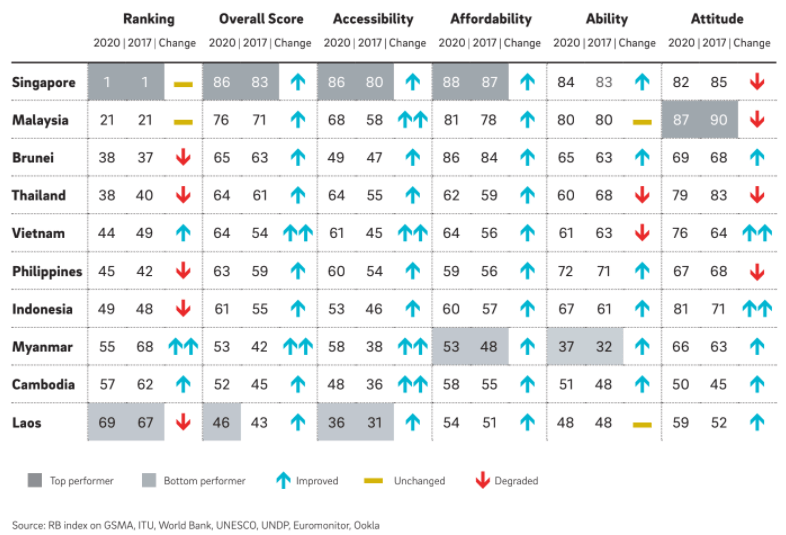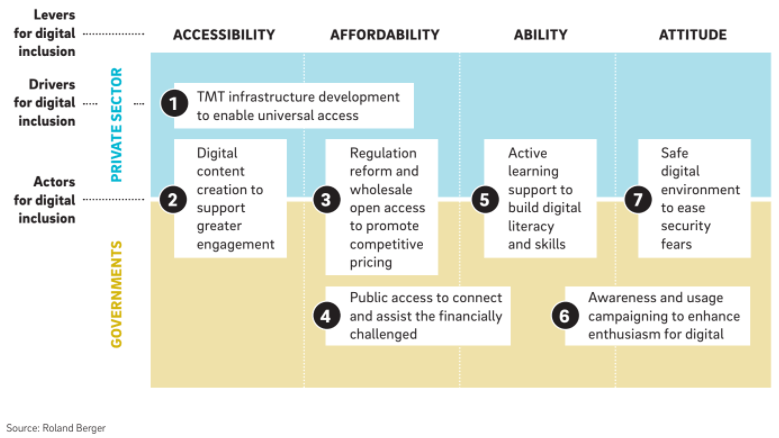Damien Dujacquier is Senior Partner at Roland Berger and is a Co-Managing Partner of Roland Berger's South-East Asia offices. He has decades-long experience in South-East Asia, in countries such as Indonesia, Malaysia, Myanmar, Philippines, Singapore and Thailand. Based in Singapore, Mr Dujacquier leads the Telecom, Media and Technology competence center in the region.
John Low is Senior Partner at Roland Berger and is a Co-Managing Partner of Roland Berger's South-East Asia offices. He has a total of over 25 years of working experience of which 20 years were spent on consulting and over five years in the industry and public sector. Based in Malaysia, he is currently leading the Public Services Competence Center for South-East Asia.
Sulina Kaur is a Principal with Roland Berger Malaysia. She has spent 8+ years focusing on civil economics, during which time she has honed her expertise in economic development, including tourism-led development, smart city and urban planning, and, more recently, digitalisation for government entities. Sulina is also passionate about talent development and supports regional expansion through recruiting efforts and she is also supporting projects in Civil Economics across South-East Asia.
Chua Thian Rui is a Consultant with Roland Berger Singapore, where he focuses on Telecom, Media and Technology and digital. He also has experience in product management and strategy and done work across the Asia region.
Daniel Lim is a Consultant with Roland Berger Singapore. He has a background in digital marketing and has conducted projects in the healthcare, consumer goods, Telecom, Media and Technology and civil economics sectors in Singapore, Malaysia, Thailand, Vietnam and Philippines.
He Wanxin is a Consultant with Roland Berger Hong Kong. She specialises in Telecom, Media and Technology with experience covering corporate strategy, market study and investor support. She is especially keen in telecom, digital and cloud relevant areas.












